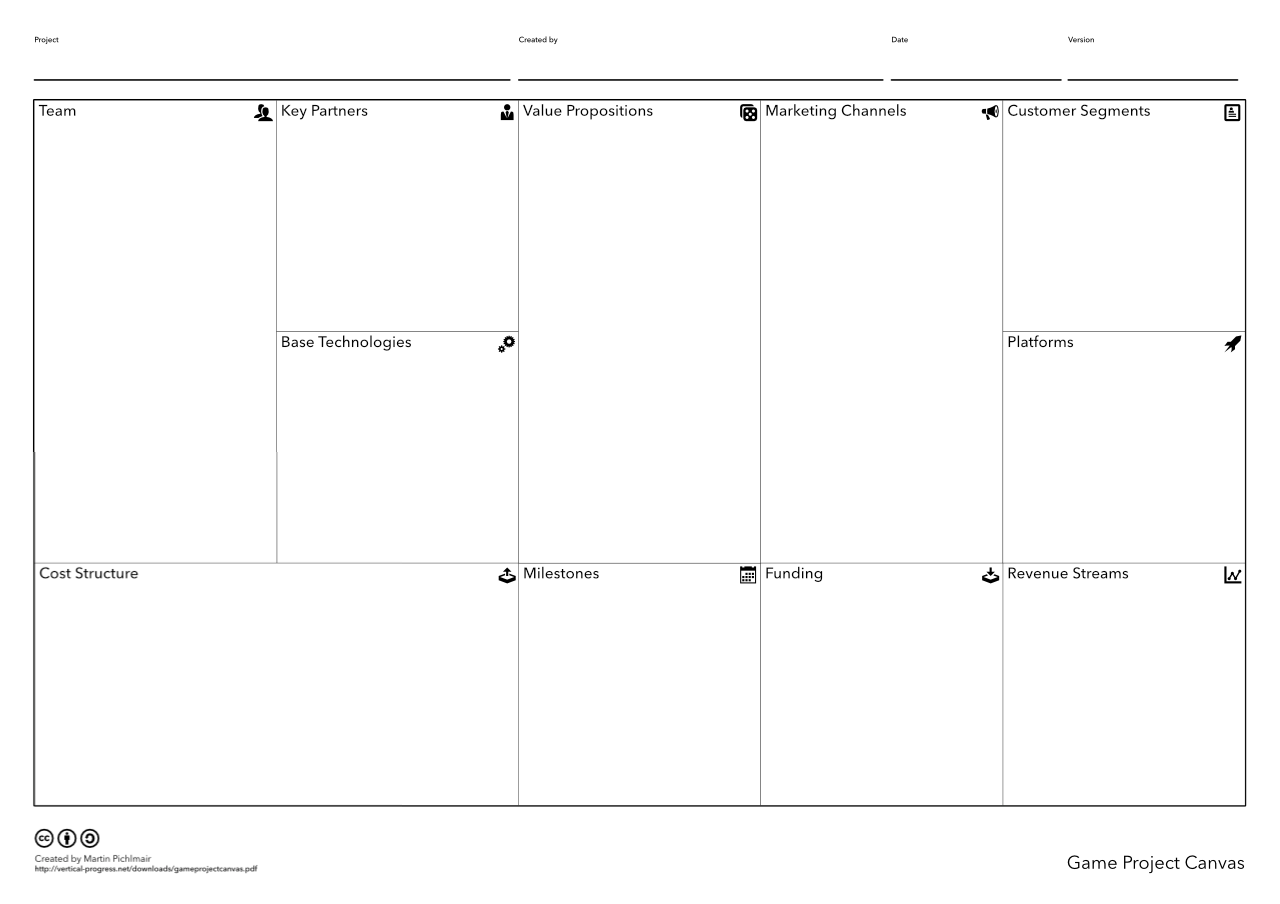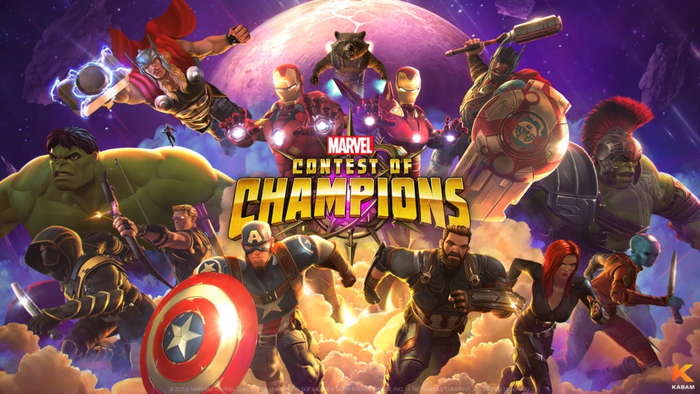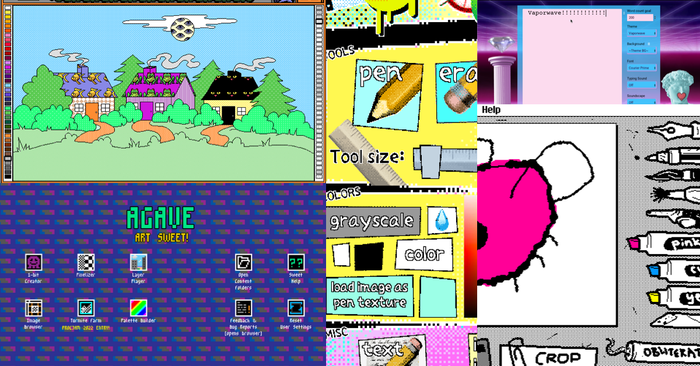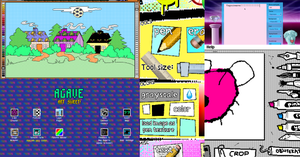
Featured Blog | This community-written post highlights the best of what the game industry has to offer. Read more like it on the Game Developer Blogs.
If you've ever been in the position of starting a new project you know that it requires a lot of thinking to get all the pieces of the puzzle together. The Game Project Canvas is a cheat sheet for helping with that.

Some of you might be familiar with the Business Model Canvas, a tool from the lean toolset for startups. The tool presents itself as a sheet of paper ready to be filled out. Different aspects of the planned company are to be filled into neatly labelled boxes. The idea of the canvas is that it covers all the bases very broadly – and given its constraints it also forces you to make decisions early in the process. You have to fill in revenue streams, for example, forcing you to make a decision between downloadable, IAP or boxed product. Even if you fit in ten sources of revenue you quickly realize that you can not kickstart a business that complex just by looking at the mismatch between your revenue streams and e.g. your team or your marketing channels. The goal of the Business Model Canvas is to help you focus and scope. And to help you to start thinking about every piece of the puzzle that a company is.
After working with the Business Model Canvas in a workshop, designing a fake company, and seeing the qualities of the process I decided to create a similar tool for game projects. It's meant as a starting point for people doing their first professional project and not for seasoned experts. It might be suitable for indies as well as AAA studios but its original intention is to help inteaching young professionals – students, first time entrepreneurs, startups – in starting to think about the decisions they will have to make at some point. The tool is for game projects and not for companies, mind you. That's why it's called the Game Project Canvas.

How to work with the Game Project Canvas
It's very simple. Just fill out all the boxes. You're done when the canvas is complete and without any contradictions. Complete means that every field is filled out and that there is nothing to add to any field. Without contradictions means that no field contradicts another field. If your base technology, for example, is the CryEngine, but your revenue stream includes the 3DS you have a contradiction there. Let me explain every individual field.
Team: The people working on the project and what roles they will take on. Name names if you have them, define group sizes if your team is big. Example: "John Carmack, Graphics Programming"
Key Partners: Publishers, marketing agents, gatekeepers. Everyone with whom you stay in touch about the development, or who has a stake in the game project should be listed here. Company names are sufficient. Do not forget to list the role, if relevant. Example: "Oculus, Distribution"
Base Technologies: List all base technologies such as the engine, sound engine, hardware platforms and so on. This is a small field, so you can't list every library. Example: "Unreal Engine"
Value Propositions: What are the main value propositions of your game? If you make an arty walking simulator this might be immersion, escapism, and the story. If you add guns to the walking simulator, this might be mayhem, multiplayer, and ease of twitch-streaming. Ask yourself what the user gets out of playing your game. Example: "Ad-hoc multiplayer"
Marketing Channels: YouTubers? Twitch-Streamers? Newsletters? List every single way of getting in touch with your customers. This includes the Steam Workshop community and Gamescom, if those are places you go to. Example: "Twitch Streaming"
Customer Segments: Are you targetting white male core gamers like most of the AAA industry or do you deliver a game for mass audiences? Of course what you fill out here has implications on the marketing channels. Example: "Teens 9-11"
Cost Structure: How do you split your costs between personnel costs and other cost factors? How big a budget do you need? Answer these questions by making rough calculations. Example: "$1.4M Overall Project Costs"
Milestones: When does the project end? Is there a public beta and when? When do you launch? As usual, take your optimistic plan and double or triple the time you think it takes to get the game out. Example: "March 2018, Open Beta"
Funding: List all sources of funding covering the development of the game. This is not the revenue but the money you burn before shipping. If you list Kickstarter, you have a marketing channel, too, and should double-check if your target audience is actually using that platform. If possible, add the amount of funding for each party. Example: "$50k-$80k IndieFund"
Revenue Streams: Do you sell the game or IAP? Do you offer subscriptions? Plush toys and collectibles also go in here. While in most cases, this is a pretty straight-forward box to fill out, the idea is that it also teaches you to be on the lookout for additional revenue streams. If you have made a sales projection, add the worst case, expected case, and best case. Example: "PSN, $30k-$120k-$300k"
While the boxes can be filled out in any order, there are connections between them. In order to reach a certain customer segment, some marketing channels are better suited than others. To publish on a specific platform, the right base technology has to be picked. My advice is therefor to start with those aspects of the project that are already defined. That might be a technology or the budget. Or it is the target platform and the customer segment that comes with it. After filling out everything you already know about the project, all other fields have to be filled out so that they are complete and do not contradict anything else. Go forth and write into boxes!
Disclaimer: This is version 1.0 of the canvas. I am sure that the choice of words can be optimized and that the icons could be replaced with better ones. I hope the canvas still helps some of you to structure your project at the beginning of development or when putting together a pitch. Comments and ideas for improvements highly welcome!
Read more about:
Featured BlogsAbout the Author(s)
You May Also Like








